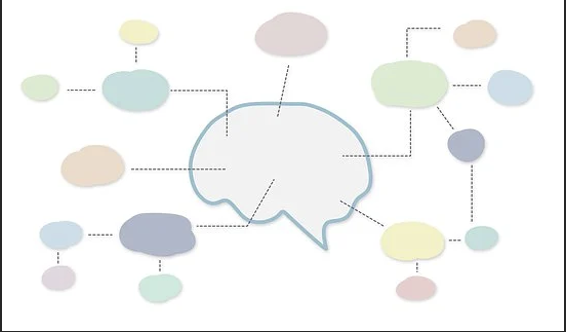7 Mistakes When Creating an Infographic and Tips on How to Avoid It

We all make mistakes, and when it comes to Infographics, sometimes those mistakes can be costly. With so many factors to consider when putting together an infographic – from design to data interpretation – it’s easy to understand how things can go wrong.
Look at some of the most common mistakes people make when creating infographics so that you won’t do the same.
Failing to tell a story
Infographics are a popular way to present information, but they can also be tricky to create. One common mistake is failing to tell a story with the data.
An infographic should have a clear beginning, middle, and end, just like any other piece of writing. Without a strong narrative arc, an infographic can quickly become confusing and dull.
So how can you avoid this pitfall? First, take the time to plan out your story before you start designing. What are the most important points you want to communicate?
Then, look for ways to visualize that story clearly and concisely. Remember that less is often more when it comes to infographics. And finally, don’t be afraid to experiment – some of the best infographics are those that break the mold and try something new.
Relying on stereotypes
When creating infographics, designers often lean on stereotypes to communicate information quickly and efficiently. After all, stereotypes are rooted in some truth and can be an effective way to get the point across.
However, there is also a danger in relying too heavily on stereotypes. Stereotypes can be outdated, inaccurate, and offensive, and they can ultimately do more harm than good.
The best way to avoid these pitfalls is to use stereotypes and pair them with accurate and up-to-date information. By doing so, you can create infographics that are both informative and respectful.
Ignoring your audience
You’ve probably seen an infographic or two in your lifetime. And, you’ve probably also seen one that didn’t quite hit the mark. Maybe it was too technical and full of jargon, or it was too promotional.
Whatever the reason, the infographic missed its mark because it wasn’t speaking to its audience.
What are their needs? What are their wants? What will resonate with them? Answering these questions will help you create an infographic that truly speaks to your audience and helps you achieve your desired outcome.
To avoid ignoring your audience, keep them top of mind throughout the entire process, from planning to execution. By understanding who they are and what they need, you can create an infographic that will educate, inform, and engage them – ultimately helping you achieve your goals.
Focusing on the wrong thing
The most important thing to focus on when making an infographic is the information you want to present.
All too often, a timeline maker can get caught up in making the infographic look “cool,” and they forget to focus on presenting the information in an accurate and easily digestible way.
When using a timeline infographic, keep in mind that less is often more. Use simple graphics and clear, concise text to make your point. By taking these simple steps, you can avoid common pitfalls and create an effective and engaging infographic.
Failing to cite your sources
Anyone who has spent time browsing the internet has likely come across an infographic. And in some cases, infographics can also be used to plagiarize other people’s work.
If you are using someone else’s data or ideas in your infographic, it is essential to give them credit. Failing to do so can result in accusations of plagiarism, damaging your reputation and credibility.
There are a few simple steps you can take to avoid this problem. First, cite your sources whenever you use someone else’s information. Second, create original graphics and data whenever possible.
And third, give credit to the creators of any resources you use. By following these guidelines, you can ensure that your infographics are informative and ethical.
Being Overly Promotional
A successful infographic is to strike the perfect balance between information and promotion. An effective infographic will educate the viewer on a particular topic while increasing brand awareness.
However, if an infographic is too promotional, it will turn viewers off and damage the brand’s credibility. There are two simple ways to avoid being overly promotional in your infographics.
First, make sure that the majority of the content is informative rather than marketing copy. Secondly, use subtle branding elements such as logo placement and color scheme to increase brand awareness without being intrusive.
Forgetting the Call to Action
Performance review examples are essential for holding people accountable and measuring progress, yet often, they are forgotten in the design process.
This is usually because the call to action (CTA) is not made clear or forceful enough. As a result, viewers may appreciate the visuals but fail to understand the infographic’s purpose.
To avoid this problem, you have to include a strong CTA that is impossible to miss. This could take the form of a large button or text box that directs viewers to your desired action. It may also be helpful to include additional information about performance reviews and how they can be used.
By taking these steps, you can ensure that your infographics are visually appealing and informative.
Conclusion
Infographics are a powerful tool for communicating information. However, there are a few common pitfalls that can make them ineffective.
To create an effective infographic, avoid ignoring your audience, focus on the right thing, cite your sources, don’t be overly promotional, and don’t forget the call to action.
By following these few reminders, you can create an infographic that is both informative and engaging.
Hopefully, these tips will help you process infographic in a better way. Sign up with Venngage to create the cool infographics for your brand.




